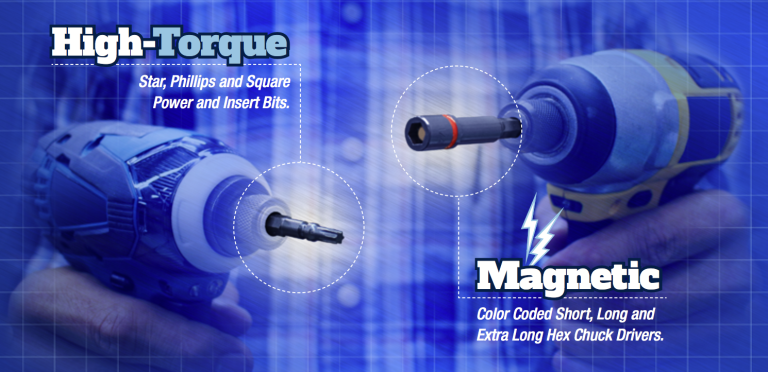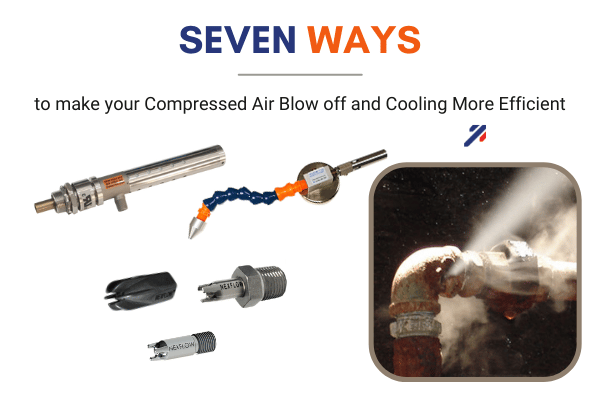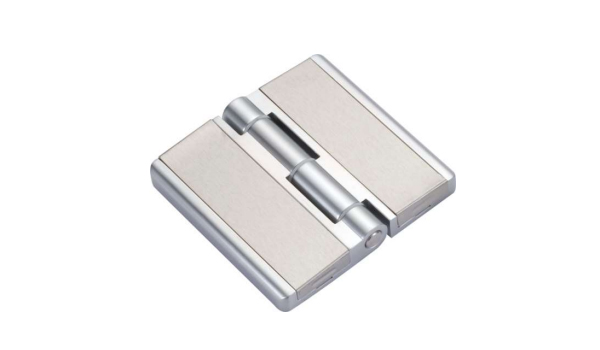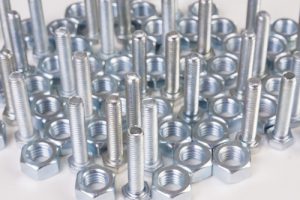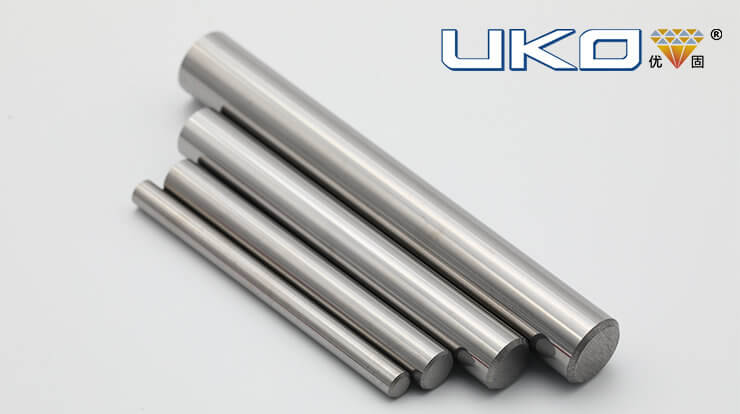Choose the right nozzle
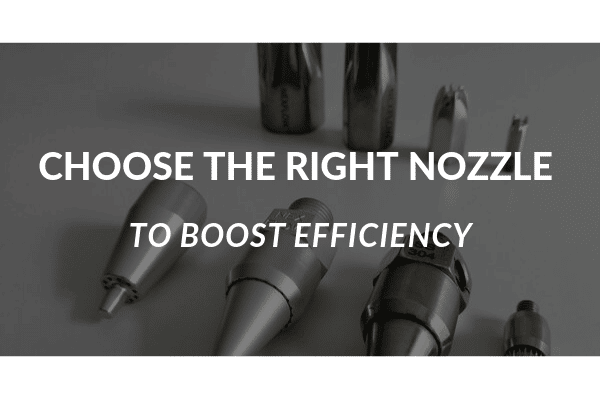
Compressed air is just not a topic that is taught well in schools. There are organizations such as the Compressed Air and Gas Institute that offer basic courses in compressed air but the topic is just not as thoroughly understood anywhere. One of Nex Flow’s missions is to educate the marketplace about our unique technologies so you can choose the highest quality products for your needs at a fair price.
With the knowledge not generally known by the public – there are biases everywhere with facts both accidentally and deliberately distorted to promote certain type of products. One such example is the promotion of variable drive air compressors where they are sometimes not the best solution. Another such example is with air amplifiers that sometimes claim to have very high “air flow amplification” with high velocity – when in fact the aerodynamic design of the amplifier loses velocity as you increase flow rate. There are a lot of air nozzles on the market that are air amplifiers as well but they are NOT the same. In this article – we will discuss 3 types of compressed air nozzles and how to boost machine efficiency by utilizing the right type of technology and to recognize what to look for when having to choose an air nozzle.
There are essentially three types of air nozzles:
- Very inexpensive non-engineered air nozzles
- More costly engineered cone-shaped nozzles
- Even more costly engineered bullet shaped nozzles
The simple non-engineered nozzles are usually cone shaped but without taking aerodynamics into serious consideration. The outer shape may offer some energy savings – but the inside of the air nozzle also matters. A common air nozzle used in blow guns is where a cone-shaped or even bullet shaped nozzle is used on air guns and a hole is drilled on the side to let out some air so the system meets the OSHA dead end pressure safety standards. These non-engineered nozzles do not really take into consideration noise level and energy requirement.

The first real engineered nozzles were cone shaped and all are basically where compressed air exits at the base of the cone from a complete ring around the cone. They are a little more costly to manufacture but still relatively low in cost. Yet, even with these designs the noise levels and efficiency can vary extensively. Most of the engineering takes place on the outside but not always on the inside where internal compressed air movement should also be considered to minimize turbulence, pressure losses, etc. which are all determined by internal design. Two cone-shaped nozzles may look exactly the same on the outside but perform radically different because the inside is not the same. A well designed cone-shaped nozzle like the Nex Flow 47000 series takes into consideration the inside and outside aerodynamic to make the nozzle most effective while reducing noise levels and achieving energy savings compared to open tube for blow off applications. These designs normally produce a moderate force level but very high flow and this mass flow makes them ideal for liquid blow off, light cleaning and especially for cooling because of the high “amplified” air flow. One nice characteristic of a well-designed cone-shaped air nozzle is that they are effective at some distance from the nozzle due to the laminar flow produced.
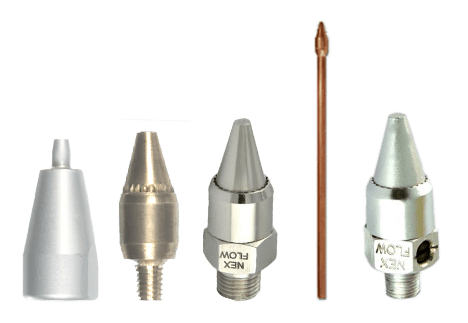
Finally comes the bullet shaped nozzles which takes engineered design to another level. In this type of nozzle, the compressed air comes out of a series of small holes strategically placed around the bullet shape (as opposed to the base of the cone). Air flow inside the bullet nozzle is also designed to minimize turbulence. The placement of the holes for the compressed air to exit around the outside can control the flow profile of the nozzle. You can make the profile narrow and pointed or wider. The wider you make the profile, the weaker the point force will be (but you will get a greater area for blow off). The sharper the profile, the higher the force. This design allows for a wide variety of nozzle ranges, even for a given size to address many applications not possible with the cone shaped nozzles. In addition this design can produce a higher force/unit air consumption making them more efficient for use where force is more important than flow. The previous cone-shaped designs are better for cooling but the bullet shaped designs are better for cleaning. Typical energy savings are also higher and in the 40% range for cleaning applications. Again, as with all nozzles interior consideration is key to minimize turbulence which maximizes performance and minimizes energy and noise levels. When properly designed – these nozzles also provide great laminar flow, so they can work at a distance from the target. Nex Flow has a patented design for example in their hole design to allow their bullet shaped Air Mag nozzles to work father from the target than any other nozzles on the market. This can be a big advantage in some manufacturing operations.
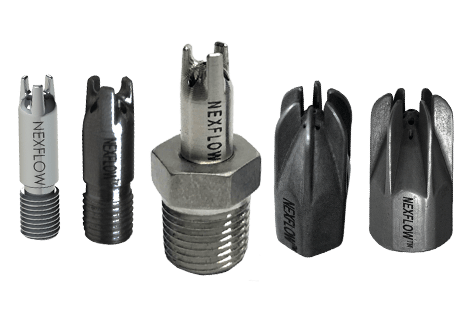
One version of this type of engineered nozzle uses the so-called Laval effect which is an internal flow profile where the compressed air pushes through an hour-glass shape inside the nozzle accelerating the air at the exit creating a higher force. However, the air exit and spreads very quickly so these designs use slotted air flows in a rather inefficient manner to squeeze in the spreading air flow. The result is that the force might be acceptable while very close to the nozzle but as you move away they become much less effective.
In general both properly engineered cone-shaped nozzles and bullet shaped nozzles are effective when the flow produced is laminar and are dramatically more energy efficient than non-engineered nozzles, with lower noise levels and can work at a much greater distance.






